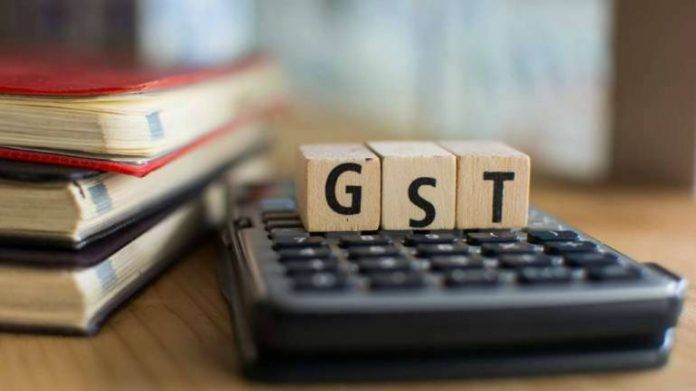A range of goods from air conditioners to dishwashers, from television sets to digital cameras, will likely become cheaper, with the Goods and Service Tax (GST) Council expected to slash rates to 18 percent on all products in the 28 percent slab, except demerit goods, cement and automobiles.
The Council, chaired by Finance Minister Arun Jaitley is expected to meet in the week beginning December 17, to discuss the proposal in what could effectively set 18 percent as the highest GST tax slab, except only three categories of goods and services.
The move comes barely four months ahead of the crucial Lok Sabha elections in April-May, 2019. The cut in rates, however, could affect GST revenues, given that the collections are still short of the budgeted target.
“Discussion on rate cut has already begun. The idea is to remove most of the items from the highest tax slab of 28 percent, barring luxury and demerit goods,” a senior government official to Moneycontrol.
“Some items will be moved to the 5 percent tax bracket from the 18 percent slab to remove anomalies,” the official said.
Cement, the official said, will continue to remain the 28 percent slab as the government gets a substantial chunk of revenue from the commodity.
In the last one-and-a-half-year since the implementation of GST, the Council has significantly pruned the list of items placed in the highest tax slab of 28 percent, demonstrating the Centre and states’ growing confidence in the new system that seeks to unify India into one common national market.
Currently, there are only 35 items in that tax bracket as compared with 226 items that were there during the rollout of GST on July 1, 2017.
The last major round of rate cut happened in July when the Council decided to cut tax on refrigerators, washing machines, electrical appliances, perfumes, and several handicraft items, among others, ahead of the festival season.
The government, then, had to forego revenue worth of Rs 10,000 crore-Rs 11,000 crore annually, as a result of the rate cut.
The revenue impact of the latest round of rate cut, if it is approved by the government, may become a hurdle towards achieving the indirect tax mop-up for the current financial year 2018-19.
The government has set a target of over Rs 12 lakh crore for the financial year 2018-19, which can be achieved if the average monthly mop up is around Rs 1 lakh crore, as compared with Rs 89,885 crore in 2017-18.
Till now (April-November), the government has collected Rs 7.76 lakh crore revenue from GST. Achieving the revenue collection target is crucial as it has a direct bearing on the fiscal deficit, which is a gap between government’s revenue and expenditure.
In the last eight months, tax mop-up has crossed Rs 1 lakh crore twice — in April and October. While revenue in April was higher as businesses generally pay arrears for some of the previous months, mop-up in October was Rs 1 lakh crore due to the onset of the festive season.


